Why Your Lawn Has Bare Patches and How to Repair Them
By Innovation Grounds
A healthy, green lawn is the pride of any homeowner—but bare patches can quickly ruin that picture-perfect yard. These unsightly spots not only affect your lawn’s appearance but can also invite weeds and pests. If you’re wondering why your lawn has bare patches and how to fix them, you’re not alone. In this post, we’ll explore the top causes of lawn thinning and offer practical steps for repairing bare patches in your lawn.
Common Causes of Bare Patches in Lawns
Foot Traffic
Heavy foot traffic compresses the soil and damages grass roots, especially in high-use areas like paths or play zones. Compacted soil prevents water and nutrients from reaching the grass, resulting in thinning and bald spots.

Pet Damage
Dog urine contains high levels of nitrogen and salts, which can scorch grass and cause yellow or brown patches. If your pets frequently use the same spots, those areas may suffer repeated damage.

Grubs and Lawn Pests
Grubs and other soil-dwelling insects feed on grassroots, weakening the turf from below. Signs of infestation include soft, spongy ground and birds pecking at your lawn.
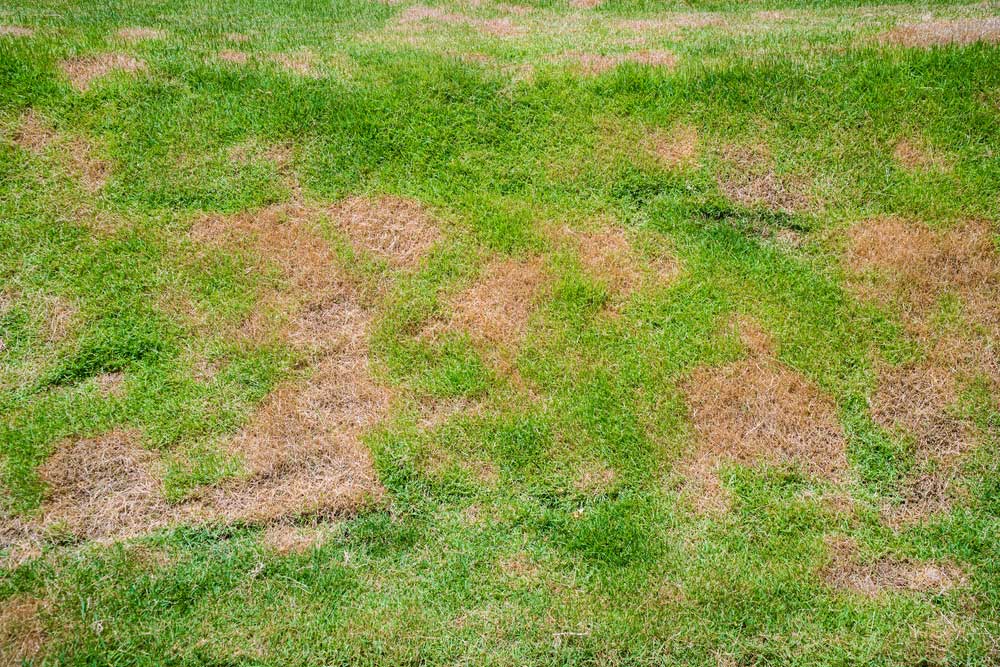
Fungal Diseases
Conditions like brown patch or dollar spot fungus can create dead spots on your lawn. These diseases thrive in humid environments, especially where water doesn’t drain properly.
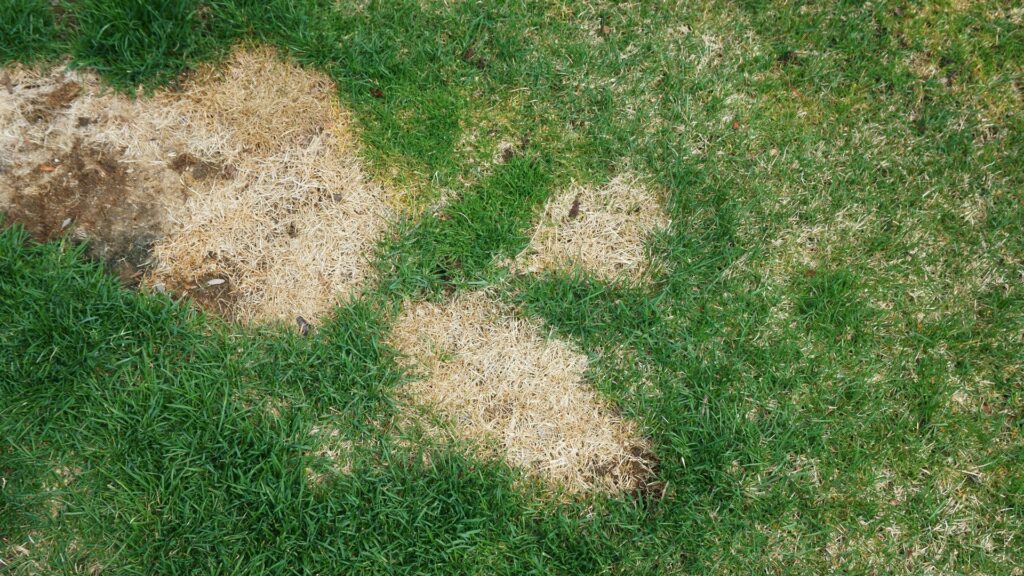
Improper Mowing or Watering
Cutting your grass too short (scalping) or watering infrequently can lead to stressed turf that is more vulnerable to dieback. On the flip side, overwatering encourages shallow root growth and fungal problems.
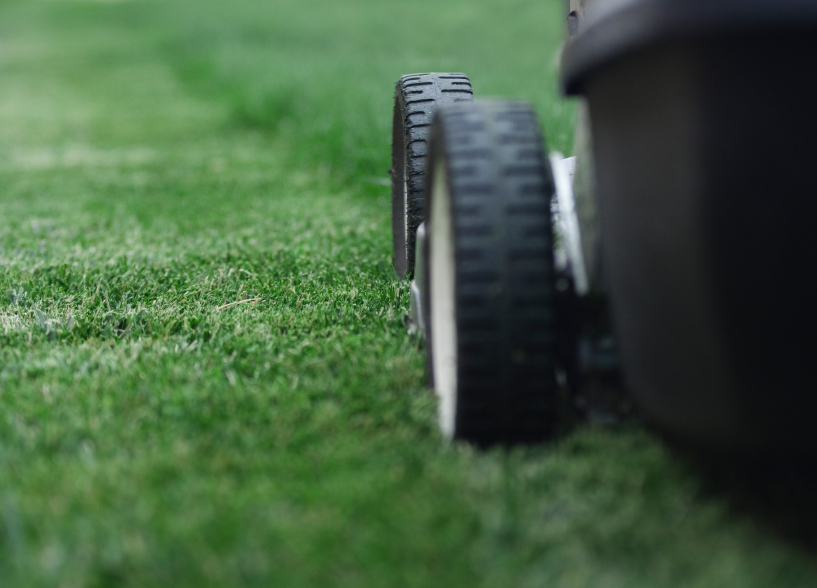
Poor Soil Conditions
Nutrient deficiencies, pH imbalances, or overly sandy/clay-heavy soil can prevent grass from thriving, especially in problem areas of your lawn.
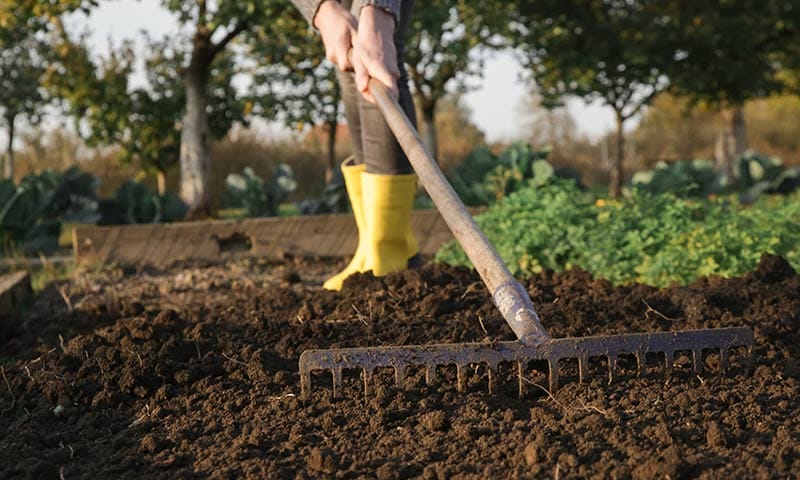
How to Repair Bare Patches in Your Lawn
Now that you understand the causes, here’s how to bring those spots back to life with effective lawn patch repair techniques.
1. Rake and Remove Dead Grass
Start by clearing away dead grass, thatch, and debris from the bare patch. This opens the soil and helps new seeds make good contact for germination.
2. Loosen and Amend the Soil
Use a garden fork or rake to loosen compacted soil about 1-2 inches deep. Mix in compost or a quality lawn soil mix to improve texture, drainage, and nutrient levels.
3. Apply Grass Seed or Sod
Choose a grass seed that matches your existing lawn (cool-season or warm-season depending on your region). Sprinkle seed evenly over the area or lay sod for an instant fix. Lightly rake the seeds into the soil.
4. Water Properly
Water the repaired area immediately after planting, and keep it consistently moist (not soaked) for 2–3 weeks until new grass is established. Early morning is the best time to water.
5. Protect the Area
Cover the spot with straw or mulch to retain moisture and discourage birds from eating the seeds. If possible, block off foot traffic temporarily with garden fencing or stakes.
6. Fertilize and Maintain
About 4–6 weeks after patching, apply a starter fertilizer to encourage root growth. Keep mowing to the proper height, and monitor for signs of recurring issues like compacted soil or pests.

Preventing Future Lawn Damage
Once you’ve repaired your lawn, keep it healthy by taking preventive steps:
Aerate your lawn annually to relieve soil compaction.
Rotate foot traffic paths and use stepping stones in high-use areas.
Train pets to use designated potty spots.
Fertilize regularly based on your grass type and soil test results.
Mow properly—never cut more than one-third of the blade at a time.
Check for grubs in spring and fall using a simple tug test (if grass pulls up easily, grubs may be feeding underneath).
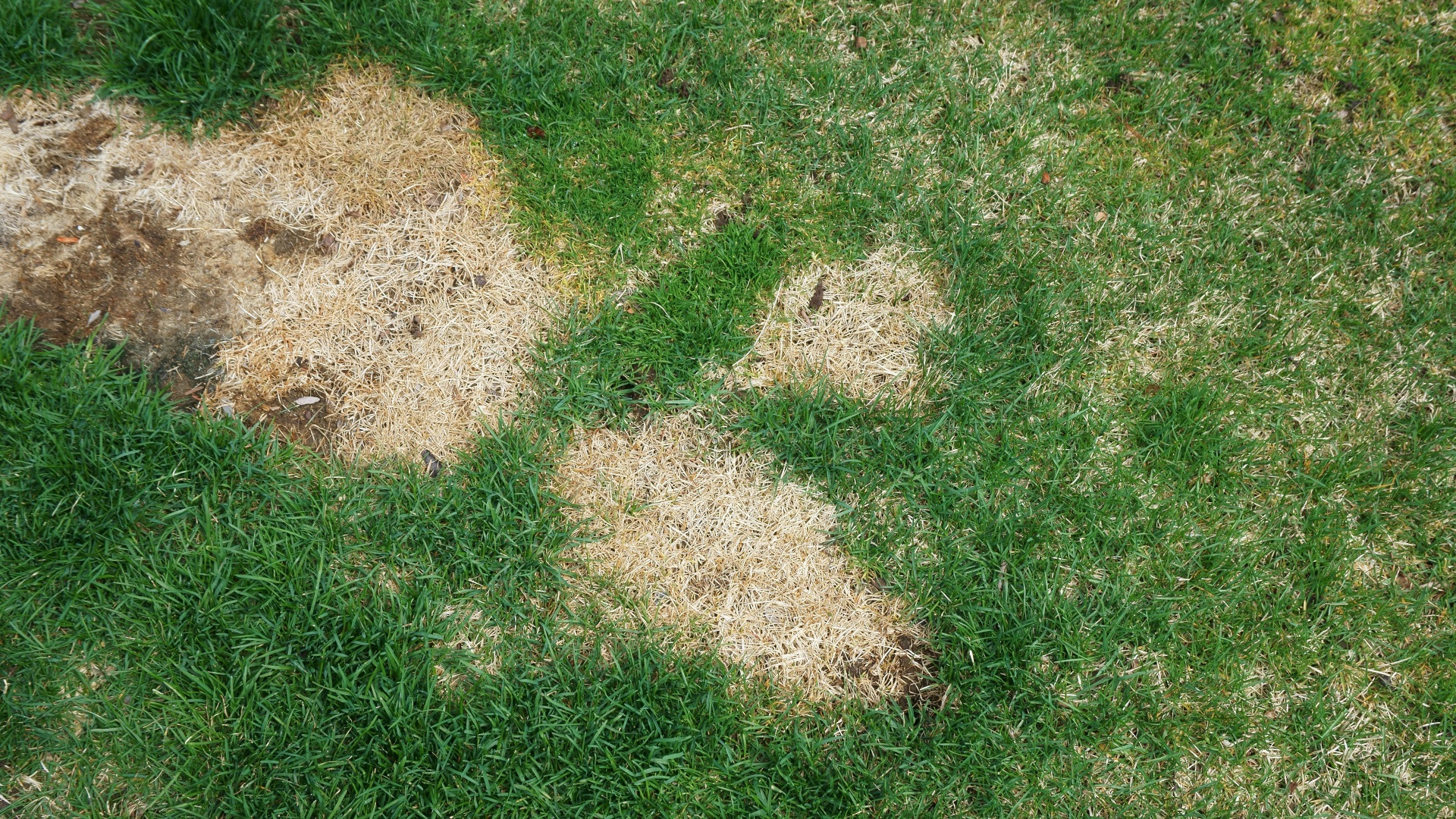
When to Call in the Pros
If bare patches keep coming back despite your best efforts, it might be time to consult a professional lawn care service. They can assess for deeper issues like pH imbalances, hidden pests, or fungal infections that need targeted treatment.
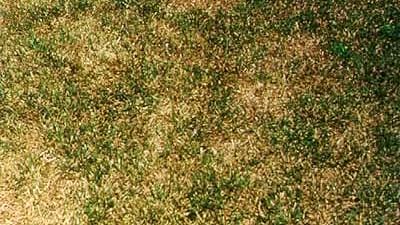
Conclusion
Bare patches in your lawn are frustrating but totally fixable with the right approach. By identifying the cause and following proper repair steps, you can restore your lawn’s health and enjoy a thick, green yard once again. Whether it’s reseeding, watering correctly, or dealing with lawn pests, a little care goes a long way.


